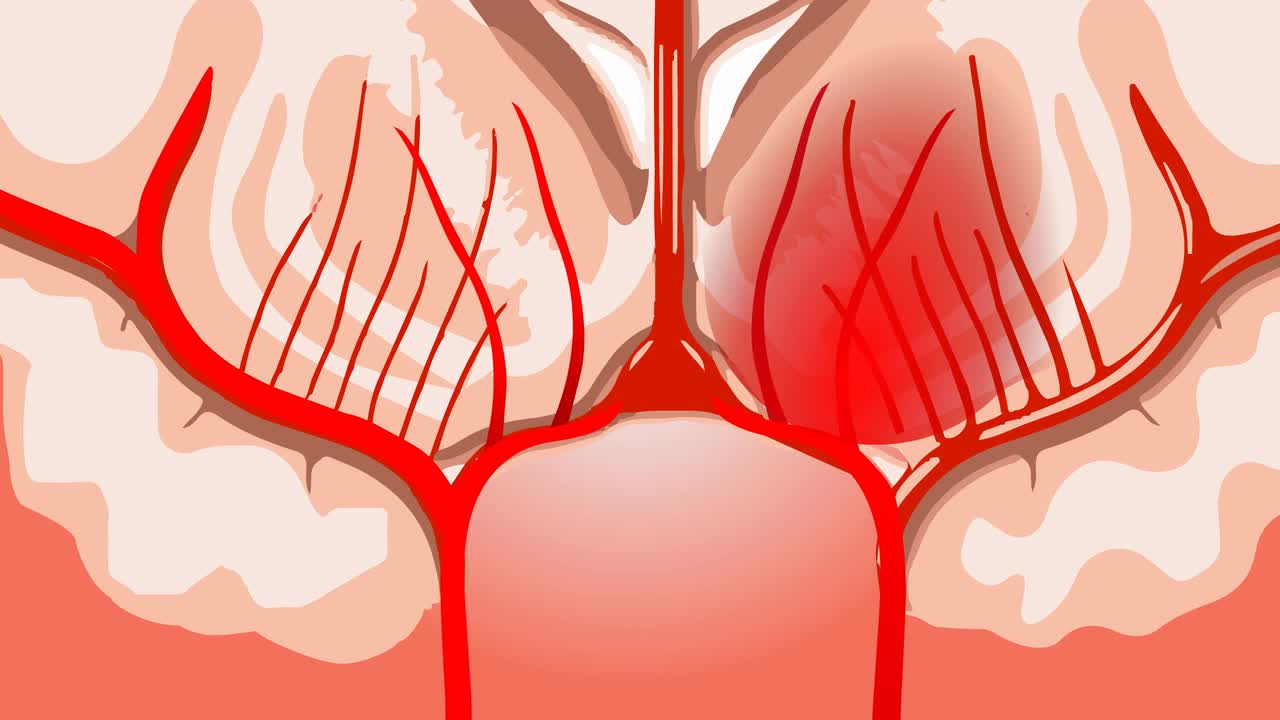Premium Only Content

Hemorrhagic Brain Stroke Disease
Hemorrhagic stroke
Hemorrhagic stroke occurs when a blood vessel in the brain leaks or ruptures. Brain hemorrhages can result from many conditions that affect the blood vessels. Factors related to hemorrhagic stroke include:
Uncontrolled high blood pressure
Overtreatment with blood thinners (anticoagulants)
Bulges at weak spots in your blood vessel walls (aneurysms)
Trauma (such as a car accident)
Protein deposits in blood vessel walls that lead to weakness in the vessel wall (cerebral amyloid angiopathy)
Ischemic stroke leading to hemorrhage
A less common cause of bleeding in the brain is the rupture of an irregular tangle of thin-walled blood vessels (arteriovenous malformation).
Transient ischemic attack (TIA)
A transient ischemic attack (TIA) — sometimes known as a ministroke — is a temporary period of symptoms similar to those in a stroke. A TIA doesn't cause permanent damage. A TIA is caused by a temporary decrease in blood supply to part of the brain, which may last as little as five minutes.
Like an ischemic stroke, a TIA occurs when a clot or debris reduces or blocks blood flow to part of the nervous system.
Seek emergency care even if you think you've had a TIA because your symptoms got better. It's not possible to tell if you're having a stroke or TIA based only on the symptoms. If you've had a TIA, it means you may have a partially blocked or narrowed artery leading to the brain. Having a TIA increases your risk of having a full-blown stroke later.
Risk factors
Many factors can increase the risk of stroke. Potentially treatable stroke risk factors include:
Lifestyle risk factors
Being overweight or obese
Physical inactivity
Heavy or binge drinking
Use of illegal drugs such as cocaine and methamphetamine
-
 0:56
0:56
KERO
2 years agoRabbit hemorrhagic disease detected in multiple states
44 -
 1:55
1:55
WPTV
3 years agoCases of rabbit hemorrhagic disease detected in Florida
18 -
 4:04
4:04
WMAR
3 years agoDeep Brain Stimulation Therapy - Parkinson's Disease
5.44K -
 8:31:37
8:31:37
G2G Gaming Channel
17 hours agoGive me my Helmet, Im going in!! #RumbleGaming
116K2 -
 4:45:11
4:45:11
MoFio23!
15 hours agoNintendo Switch It UP Saturdays with The Fellas: LIVE - Episode #3
75.5K7 -
 6:23:10
6:23:10
SquallRush
13 hours agoMarvel Rivals Collab
58.9K1 -
 8:36:24
8:36:24
stephengaming94
6 days agofar cry 5 live stream part 3
41.5K2 -
 2:03:28
2:03:28
Barry Cunningham
1 day agoTRUMP DAILY BRIEFING: 2 DAYS TO GO - ARE YOU READY FOR HISTORY TO BE MADE?
71.3K119 -
 13:41
13:41
Tundra Tactical
17 hours ago $11.33 earnedGOA VP Erich Pratt Tells ATF "COMPLY NOW"
90.9K7 -
 21:06
21:06
BlackDiamondGunsandGear
19 hours agoPSA Dagger Micro Self-Destructs During Shooting! What Happened…
61.7K18